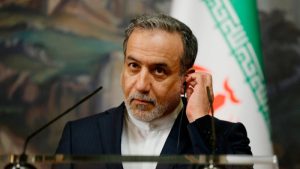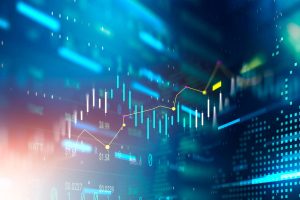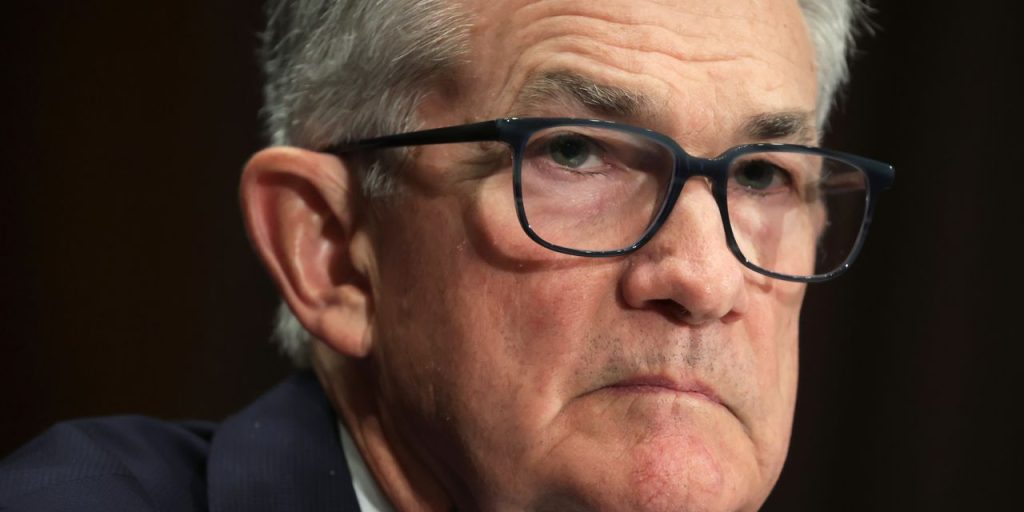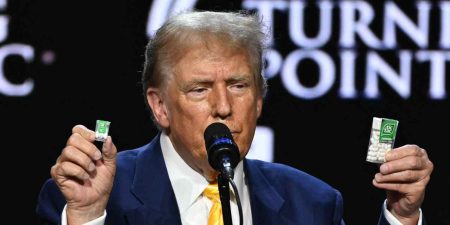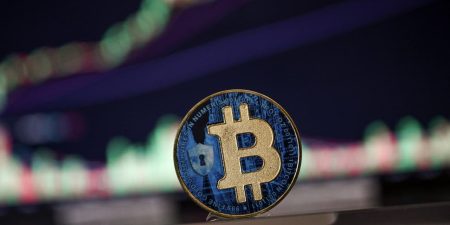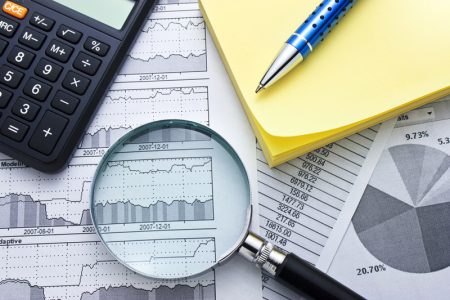Wall Street economists seem convinced that the Federal Reserve will raise its benchmark interest rate by 25 basis points next week and that this increase will turn out to be the final hike of this cycle. But they also don’t expect to hear Fed Chair Jerome Powell say so, at least not yet.
“While we anticipate that July will bring the Fed’s last rate increase of this cycle, we do not think the Fed is comfortable signaling that shift,” said Oscar Munoz, chief U.S. macro strategist for TD Securities in a note to clients. This sentiment was common in many research notes.
By the time the Fed meets again in late September, “it will become more apparent that job growth is slowing and inflation is slowing further, and so I think the Fed will take a wait-and-see approach.” said Gus Faucher, chief economist of PNC Financial Services Group, in an interview. The slowing will continue and the Fed will hold off on more rate hikes, he said.
One more quarter-percentage-point hike will take the federal funds rate to a range of 5.25%-5.5%.
Last month, the Fed took a break after 10 straight meetings with a rate hike and held its policy rate steady. At the same time, officials penciled in two more quarter-point hikes by the end of the year.
“Even though the majority of Fed members are calling for a couple more moves, we think the economy will continue to decelerate,” said Sal Guatieri, senior economist at BMO Capital Markets. The slowdown will lead to a “permanent pause” for the rest of the year, he added, in an interview.
Avery Shenfeld, chief economist of CIBC Capital Markets, said economists were “very impressed” by the June consumer inflation report last week.
Headline consumer inflation plunged to 3.1% annual rate in June from a high of 8.9% in the same month last year.
Read: U.S. inflation slows again, CPI shows
“The market is starting to be convinced that inflation is melting away on its own,” Shenfeld said in an interview.
The yield on the 10-year Treasury note
TMUBMUSD10Y,
has fallen 21 basis points this month.
The Fed will meet next Tuesday and Wednesday. The central bankers will release a policy statement announcing their decision Wednesday at 2 p.m. Eastern at the end of their discussions. Powell will hold a press conference at 2:30 p.m..
If Powell won’t signal an end to rate hikes, what will he say?
Michael Gapen, U.S. economist at Bank of America Securities, agreed that the Fed is not ready to signal it is done with its tightening cycle. In a note to clients, he summarized four messages Powell will likely stress at his press conference:
- The Fed will do what’s necessary to return inflation to 2% over time.
- In bringing inflation down, the Fed would prefer not to impose unnecessary damage on the economy.
- The Fed will not rule out further action.
- Whether the Fed hikes rates again and when it happens will remain data dependent.
Not all economists think the July hike will be the final one. Shenfeld of CIBC said he is in the camp that the Fed is “probably not done.”
“They could well hike again in September if they don’t see easing in labor-market tensions,” Shenfeld said.
The strong labor market has been one of the top surprises for economists this year. The nation’s unemployment rate has been 3.7% or lower all year, adding a strong 278,000 jobs per month in the first six months of the year.
The Fed’s forecast suggests that officials thought the unemployment rate would have to rise above 4.5% to bring inflation down.
But the good inflation news this month has come with continued strong job growth, leading to some hope that the U.S. could experience low inflation and a strong labor market at the same time.
While the Fed may also be leaning in that direction, “they are not going to think you can have 3.5% unemployment rate and 2% inflation,” Shenfeld said.
Ironically, Shenfeld thinks the Fed could be able to be patient and not raise rates. That’s because the labor market will weaken in the coming months as the full effect of the Fed’s rate hikes hits the economy.
But Shenfeld said that Fed officials have not shown that much willingness to be patient. After all, their pause in hiking rates is likely to turn out to be a “whopping one-month pause.”
Jeffrey Cleveland, chief economist at Payden & Rygel Investment Management, said he thought it was premature “to declare the inflation dragon slayed.” Core consumer inflation remains at 4.8% annual rate, well above the Fed’s 2% target.
Former Fed Chairman Ben Bernanke on Thursday said the economic outlook was too uncertain, suggesting that perhaps investors and central bankers bring some humility to their forecasts.
Read: Bernanke says rate hike after July is ‘up for grabs’
Because the Fed was late to battle inflation in 2021, the central bank has to move rapidly, and so the central bank is in uncharted waters, he said during a webinar about the outlook hosted by Fidelity Investments.
Read the full article here
